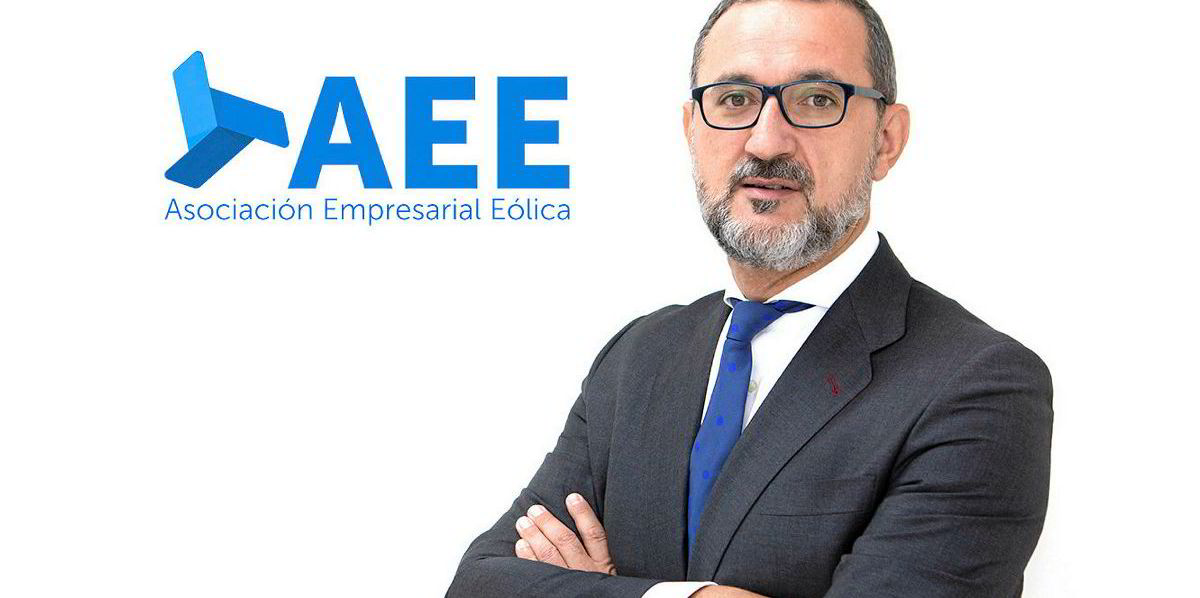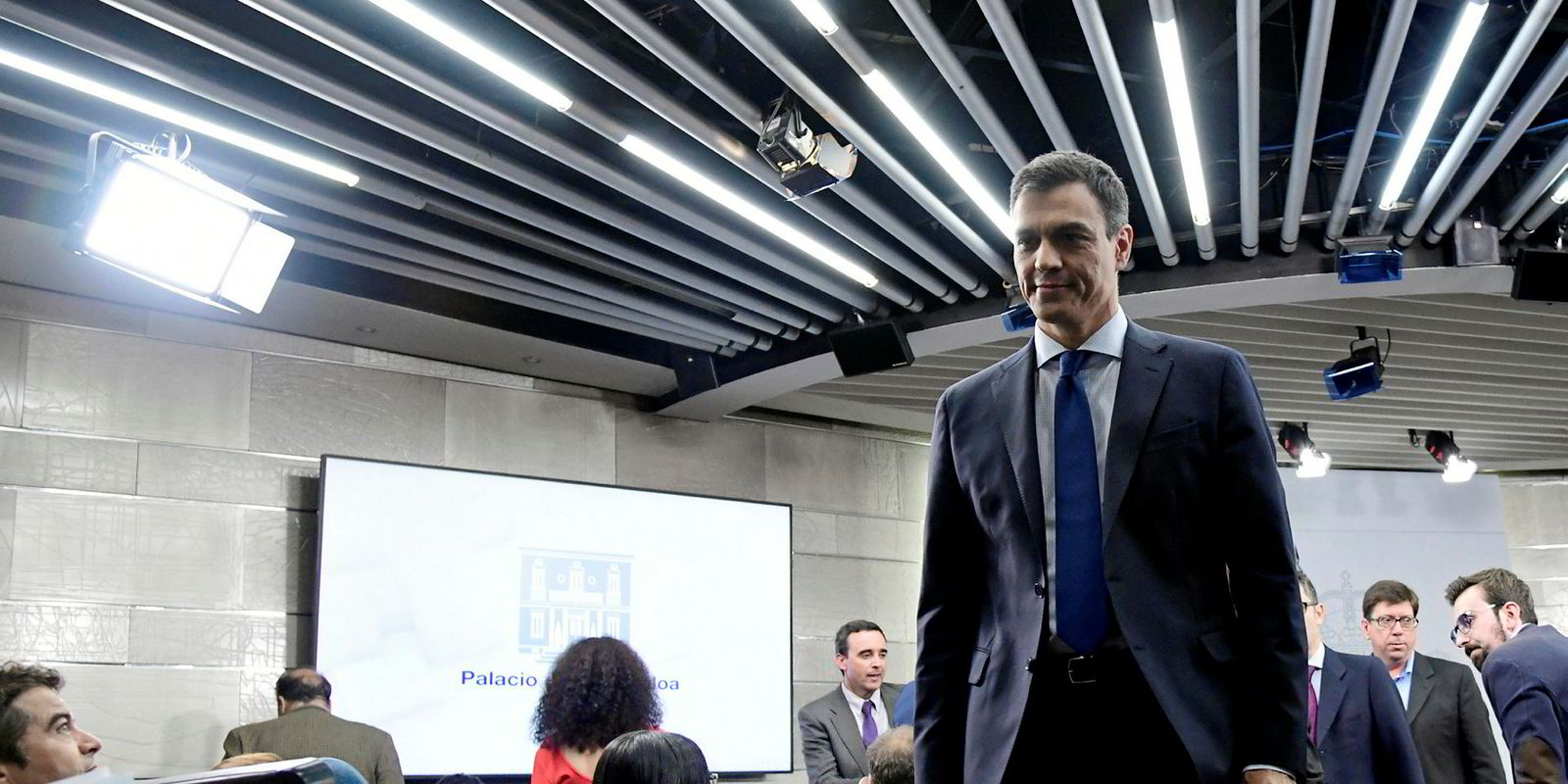The future of wind power in Spain is promising and latest forecasts indicate that we can maintain our position in global rankings, or even improve on it.
Our country is already a top-level player. It is ranked fifth at global level in terms of installed capacity with 23GW, and fourth in terms of export of wind turbines.
Recent changes in the Spanish political arena with the new government imply a new and more optimistic scenario for a dialogue with the administration to establish the ‘win-win’ planning approach required by our energy system.
The newly-created Ministry for the Ecological Transition is in charge of the development of the National Energy & Climate Plan to be submitted to the European Commission before 2019. That will provide the roadmap for our energy future, which will undoubtedly be aligned with the objectives of the EU. Spanish support for the 32% target for renewables in 2030 has been crucial to breaking the 30% barrier.
The auctions that were held in Spain in 2016 and 2017 gave the wind sector a boost after three years of low growth where only 65MW of wind power was installed in the country, compared to 2.33GW in the previous three years.
During that period the industry was forced to export 100% of its production. In the last decade, the sector exported a total value of €22.9bn ($26.84bn), equivalent to 1.07% of total exports of Spain in the period. The wind sector contributes very positively to the balance of payments of our country, due to the highly competitive level and the reputation of its players.
We are a sector that has managed to withstand the crisis, withstand the reform, and redirect its activity to become a benchmark player worldwide, producing wind turbines for everyone. The Spanish wind power sector has extensive experience and has shown that it knows how to face challenges in a sustainable manner. Following a linear and progressive progress is the best formula for that.
The result of the renewable auctions offers grounds for optimism for the Spanish wind energy sector, which is working hard to install more than 4.6GW by 2020. If we take into account the Canary Islands quota, new wind power could reach 5.1GW in 2020. To accomplish that goal, we trust that all the players involved – developers, manufacturers, financial institutions, public bodies, regional and local administrations – will do their part to have the projects ready on time.
In addition, the sector is waiting for a calendar of new auctions to meet renewable energy targets by 2030.
To achieve them, the industry is asking for critical factors to be addressed such as visibility, legal certainty, administrative simplification, stability of 'reasonable profitability value' (a parameter specific to Spanish regulations), a market re-design and a new fiscal policy to promote green technologies. These are needed for the projects to be carried out in the most efficient and effective way, and to guarantee a reasonable workload visibility for the industry in the future, which will help us continue being one of the reference countries in the global wind energy sector.
The Spanish wind power sector wants to continue contributing to the achievement of renewable energy targets by 2030 and 2050. In Spain, according to the analysis recently undertaken by AEE in Elements necessary for the energy transition: proposals for the electricity sector, in order to meet Paris Agreement targets, by 2040 the power sector should be fully decarbonised and wind power should have an installed capacity of 50GW. On the way, Spain will have to reach 40GW of wind power in 2030.
Additional wind capacity will be essential to cover the exit of less competitive plants from the system, to satisfy a higher electricity demand as a result of economic growth, and the electrification of other sectors like transport and heating/cooling.
Moreover, given the aging of Spain's wind farms, life extension strategies and repowering will be necessary. Both strategies will coexist for years, and it will depend on the decisions of individual companies whether they want to launch a repowering project or continue with existing assets with accurate maintenance processes. At the end of the day, repowering will be mandatory if we want to take advantage of the best locations with the best wind.
We are going to live in very exciting and demanding times.
Spain currently has 195 industrial centres distributed across the country (16 of the 17 regions have a manufacturing centre), with over 1,000 wind farms, 21 R&D centres and 22,468 employees in the sector. These figures are the result of a robust and consolidated industry that is aware of its importance for both the country's economy and its development.
We are going to live in very exciting and demanding times, and to almost double the existing 23GW installed before 2030, appropriate policies and regulatory framework are needed from now onwards. If this development is achieved, the economic, social, environmental and industrial benefits will become evident.
Juan Virgilio Márquez is CEO of the Spanish Wind Energy Association, AEE


